Why was this my best decision of the year? Have my newsletter subscriber number shot through the roof? No. Have I made money from my newsletter? Probably not (directly). Does it take a lot of time? Yes, it takes quite a few hours, because I always want to do a great job. So, why was it the best decision (constraint)?
Because constraining myself to write a newsletter every week has: sharpened my thinking, cleared up my own confusions about my models, organised my ideas, forced me to create more models, and most importantly it’s forced me to ship. When I ship I get feedback. Feedback makes me a better writing coach.
Chaos -> Constraints -> Creation Cycle
I came up with the Chaos to Creation model about a year ago. It’s been bubbling along in my mind for all that time as I tried to make sense of my thoughts, tested the model (on unsuspecting victims) and documented the problems and fixes.
The Chaos to Creation model sits inside a great big caveat: which I’ll tell you about at the end!

There are 3 stages: Chaos, Constraints, Creation
The Chaos phase isn’t specific to writing (though that’s what I’ll focus on here), chaos is everywhere. Smart, busy people find themselves in some form of chaos frequently during the day. It’s this curiously chaotic phase when you’re researching, you just need to read one more book, everything is exciting or overwhelming, conceivable or confusing. Chaos can be seductive or sadistic.
Chaos has two parts:
1. Outside your head chaos: these are the books you read, people you meet, events you attend, articles you devour. The environment you live and work in, your industry and interests. This is the external input that makes its way into your mind.
2. Inside your head chaos: your ideas, the connections you make between thoughts, the synthesis of multiple domains, moments of brilliance, insight. On the negative side, it’s the 4 am shit stacking, the feelings of imposter syndrome and panic. To get out of Chaos you need to set some constraints – you need to show Chaos whose the boss, give it a timeout.
Constraints also has two parts:
1. The constraints you set: timescales, deadlines, word counts, models, outlines. These are the decisions you make about what you will create, the patterns and sequences, structure and form. In here, you also get your limiting beliefs about your abilities or doubts about your writing skills.
2. Constraints set for you: external deadlines and timescales, your actual time available, your skill and ability, publisher requirements.
Constraints are a double-edged sword. You need to find and fix the ones set against you (like limiting beliefs) so you can get more stuff done, and you need to set and use the good constraints (deadlines) so you can get the right stuff done. When you’ve handled your constraints you can charge right into creation.
And you guessed it, Creation has two parts:
1. Iterations: articles, drafts, prototypes, the delicious imperfect creations.
2. Final shipped item: the book, or video, the speech or podcast – the thing that exists outside your head or office.
Creation is all about bringing something into reality, something that didn’t exist before.
You also need to ship stuff, really! When you ship, even an imperfect Frankenstein’s monster-type creation, you get feedback. Feedback is vital to your creative process. So stop creating alone in your laboratory, send that creation out into the world to unleash chaos!
So, what’s this big caveat thingy I told you about upfront?
You are not fixed in time, everything you do alters the time path continuum (or something like that), every action you take has an impact. Your chaos, constraints and creation are just for now, not forever.
You must accept that as you go through the Chaos Constraints Creation process you are changing the inputs, destroying the constraints, altering the future.
When you create, write and publish that book you might come back in a year and reread it and think how clever you were. Or you might realise what a big eejit you had been. That’s OK.
When you hit constraints next time round you might change them, you might give yourself more time, hire a writing coach, realise how stupid your limiting beliefs were.
As you race back into the chaos phase with your handfuls of feedback and a pitchfork you will notice that your creation was the chief cause of chaos. That’s just what creations are!
Got to go, chaos to create!

